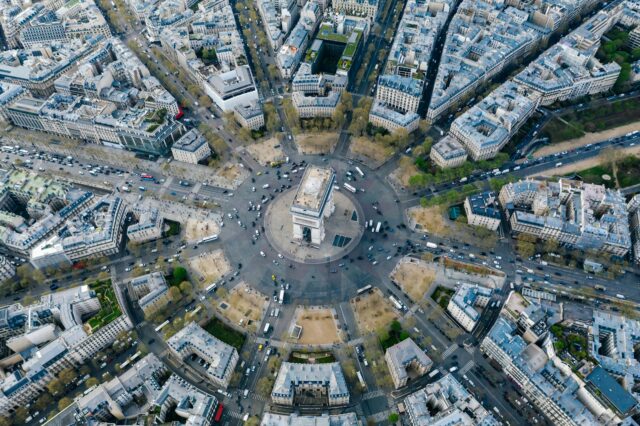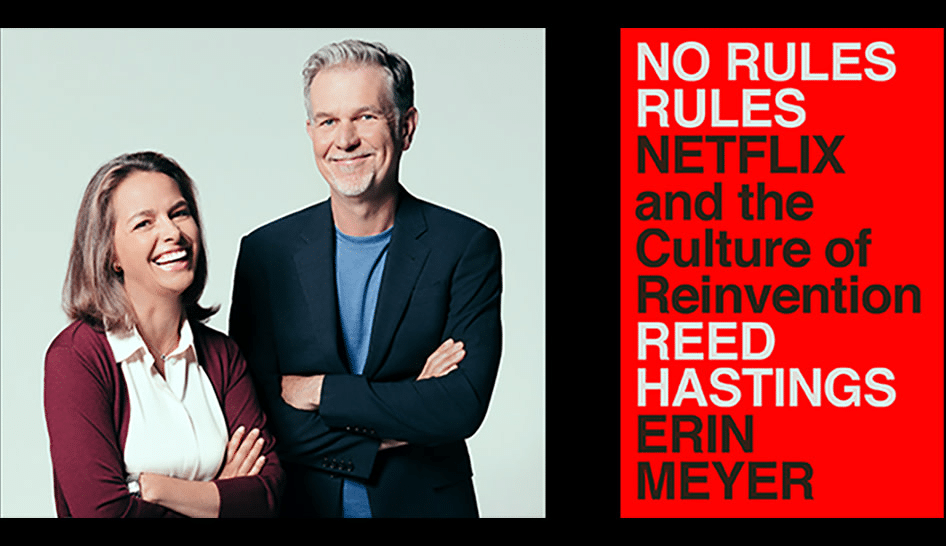What can we learn about culture from a traffic circle? Quite a bit, it turns out.
Consider the traffic circle at the Arc de Triomphe in Paris. It connects 12 different major arteries in the city, but there are very few rules. It’s pretty much controlled chaos as cars enter and essentially fend for themselves.
To the casual observer or unfortunate first-time entrant, it appears to be total chaos with hundreds of cars darting and weaving in seeming randomness.
There are no traffic lights
However there’s a beauty and order behind the madness.
Although it appears to be chaotic to outsiders, there are unspoken rules that drivers follow to navigate the circle effectively. Those entering the traffic circle have the right of way, and those in the circle must yield. It’s the only place in Paris where if there is an accident, each driver automatically assumes 50% of the fault and each insurance company pays 50% of the damage.

And it works, there’s very little waiting and the stream of traffic continues nearly uninterrupted throughout the day.
This roundabout demonstrates beautifully a culture created around flexibility over strict rules and control. It doesn’t work in every context, but in this context, it works just fine.
In contrast, a heavy “command-and-control” culture would resemble a traffic light with many explicit rules. While there is more order, progress may be slower.
Something I took away is that one isn’t necessarily superior to the other, but that both can be effective depending on the context and goals. The culture you seek to cultivate should align with your goals, whether that involves high flexibility or high order and control.
Resources for further reading
For an excellent resource about creating a culture of high flexibility & adaptability, with little top-down control, refer to the book No Rules, Rules.
One of the best books I’ve ever read on culture is probably What You Do is Who You Are by Ben Horowitz
